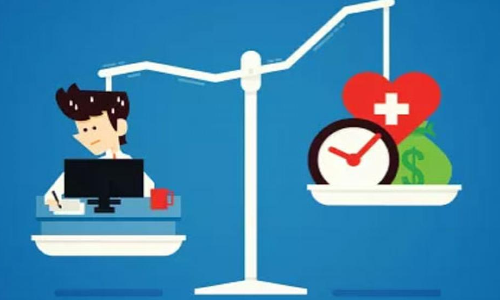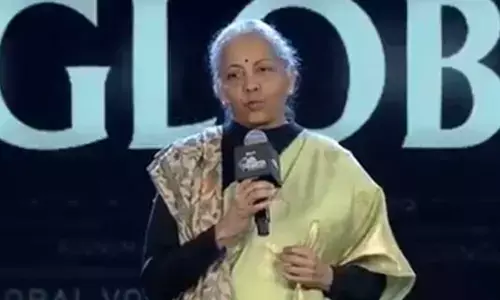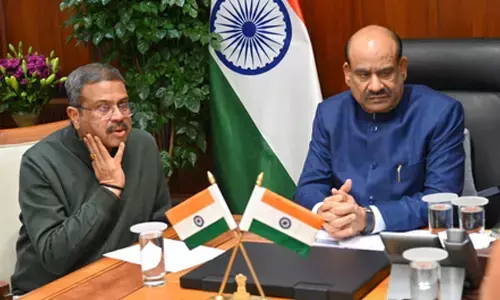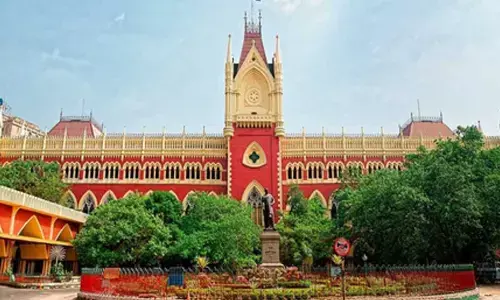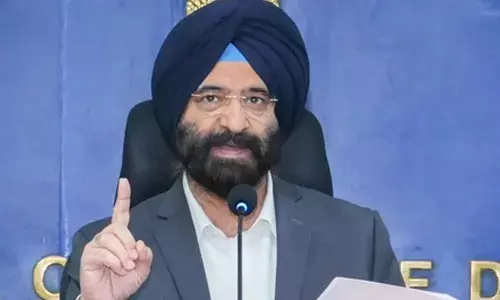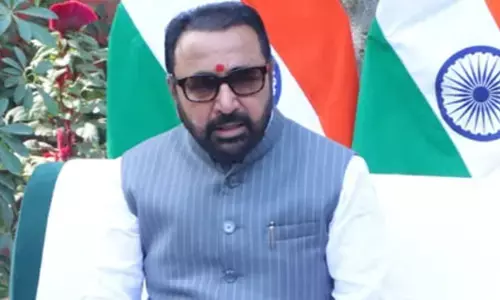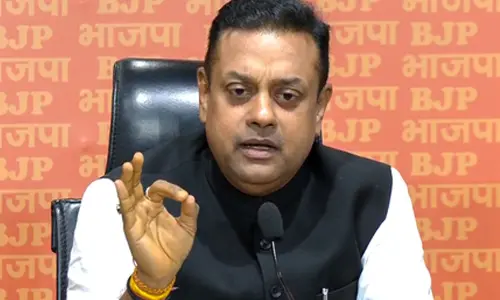How India Can Expand Its Global Trade
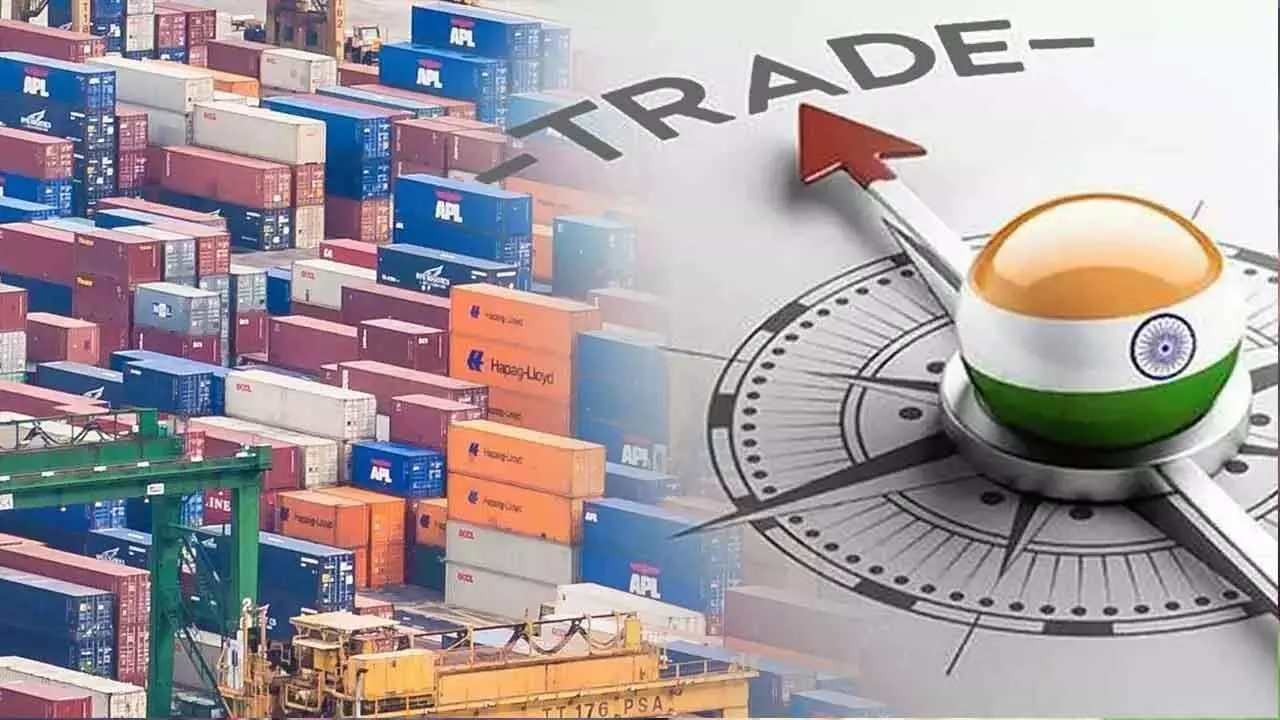
Good tidings first. In the wake of the widely disruptive tariff shockers from the US, India’s goods and services exports have provided a silver lining. India shipped goods and rendered services worth a record $820 billion in the financial year 2024-25, despite the economic uncertainties persisting in global markets for the past few years. This is about a 6 per cent increase over the corresponding figure of $778 billion in the previous financial year. Exports worth $441 billion were made. This is an all-time high achievement in exports despite multiple headwinds, including the Red Sea crisis, Israel-Hamas conflict spilling over to the Gulf region, continuation of the Russia-Ukraine conflict and slow growth in some developed economies. This speaks of the resilience of India’s economy and its inventive exporters. India is currently the 12th largest exporter and 15th largest importer in the world.
Back to the present. India is now faced with the greatest threat to its international trade post-COVID pandemic. Nations are scurrying to escape the maximum brunt of America’s retaliatory tariffs. Its President Donald Trump has announced a 90-day freeze on his tariffs to let countries enjoying a high trade surplus with the US (India has about $40bn trade surplus) to renegotiate trade deals. World markets are slumping under the shock and trillions of dollars are vapourising.
It is time India started bracing for ‘stern demands’ of the times for deep tech investments, to start with, in key sectors of manufacturing which is a critical segment of the economy, accounting for a significant portion of India’s GDP (15-17%) and employment (about 11.4% at 1.85 crore). It is expected that sectors like chemicals, pharmaceuticals, metals, jewellery and food products would be hit by the US duties.
The latest 90-day pause by Trump on the rollout of his tariffs on all nations except China, whose goods face up to 145% duties, should help India and US to expedite the facilitation of a bilateral trade pact between the nations. Certainly, the mutually beneficial multi-sectoral Bilateral Trade Agreement (BTA) between the US and India, for which talks are under way, would provide a further thrust to the manufacturing sector. For Japan and Germany, the sector contributes around 20% of GDP, whereas its share is over 26 per cent in China. The relative comparison shows the sector’s growth potential in India.
At a time when many countries are pursuing China+1 strategy (to wriggle out of complete dependence on any one nation) and actively seeking news shores, the Trump tariffs turmoil can, indeed, add to India’s growth momentum story. For that to happen, the government needs to review its policies and rev up the manufacturing sector given tough competition from South East nations like Vietnam. Incentives can comprise higher tax sops, lower interest rates for all segments - small and medium and big - more export support for MSMEs with subsidized credit etc. The Modi government should study why it failed to deliver on its promise, made five years ago, of raising the sector’s GDP share to 25 per cent by 2025.
In February this year, India and the US agreed to more than double bilateral trade to $500 billion by 2030. All other trading partners of the US face far higher tariffs than India.
That Trump went soft on India itself speaks of the attraction of 1.4 billion strong nation growing its economy at the fastest rate in the world. India needs to diversify, expand trade with its largest trade partner after the US, the European Union, and deal more with regional markets like ASEAN, and also tap into emerging markets in Africa and Latin America.






